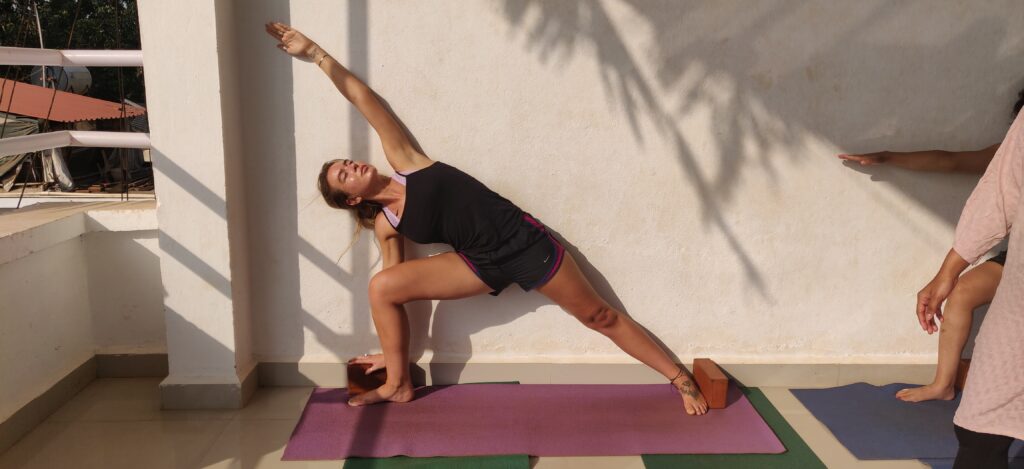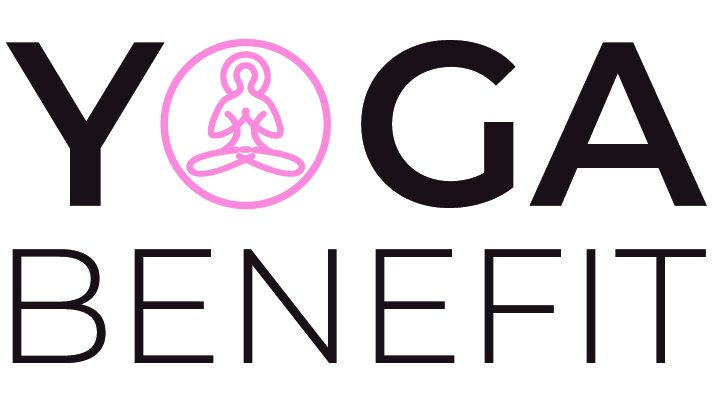Many people feel compelled to share the ancient practice of yoga with others once they have experienced its timeless wisdom and magic. How do you become a yoga teacher? How do you get started? How can you find a regular teaching slot?

The Yoga teacher training will equip you with the skills and credentials to become a yoga teacher. Once you have found the style that gives you joy, you can search for a suitable training and verify your eligibility to apply to their course. There are many trainings available, from non-residential two-year trainings to intensive 200-hour trainings across countries. It is crucial to choose the right training. To learn more, visit our blog How to Choose the Right Yoga Teacher Training for You.
Once you have graduated and are ready to teach yoga, there are some things you need to do.
How to Organise Before Teaching
Your insurance is an essential piece of equipment for a Yoga teacher. Many companies offer insurance that is specifically tailored for Yoga Teachers. You should verify that your teaching style is covered. Also, make sure you have the right insurance to cover you if you are teaching in your own home. If you are a teacher of pre- or postnatal yoga and aerial yoga, children yoga, or any other yogic practice, ask your insurance company for additional coverage. Many companies offer comprehensive Public Liability Insurance that will protect you teaching at community centers or studios. However, you should check to see if your location requires any additional coverage.
It is sensible to keep your certificates together and file them together in case you need them. You can keep them neatly in a folder. However, you should also consider making copies of your certificate in case anything happens. While some establishments may request your certificates, others might not. However, it is an important document that you should keep safe for the future. To be able hold classes at most fitness centers or yoga studios, you will need to have CPR or First Aid Training. If you’re not able to attend a full day, these courses can be completed in a single day. You should check the expiration date of your certificate before you sign up for one of these courses. This will help you plan when you need to go to a refresher course to keep you certified.
Who are your teachers?
It is crucial to identify your target audience. When you are searching for your niche, be inclusive. If you try to appeal to everyone and everything at once, it may lead to overstretching. Consider who you are trying to help and why. Yoga may be able help you bridge the gap between your needs and those around. It can be difficult to choose your niche. But think back to what you were taught originally. Perhaps your passion is to teach yoga to younger generations so they can cope with the stresses of college and school. Maybe teens yoga or kids yoga are your niche. If you are interested in sports, consider teaching classes to athletes or Vinyasa Flow. There are many things to love, so think about what you’re passionate about and how yoga can help you serve others in your community.
Get started teaching
This was a little piece of advice that my teacher gave us at the end our training intensive. It is one of the most valuable pieces of wisdom I have ever received as a teacher. It can be difficult to build confidence in teaching. However, you should dig deep and try to teach as much as possible wherever you can. It will be more difficult to teach if you wait too long. This does not mean that you should go to every yoga studio and ask for a job. It is about helping those closest to you. As a graduate teacher, it is a great resource to offer classes to family and friends. After you have become more comfortable with the structure and style of teaching, you may want to consider taking classes in public. You may feel more at ease and confident when you teach people you already know. You can get feedback and constructive criticism from them if necessary. This will allow you to learn and grow. To get more comfortable teaching yoga to others, you might consider hosting free sessions at your local park or community centre. Once you have some experience in teaching yoga, you may be able to start contacting other locations where classes can be held.
Where to Teach
It is a good idea for you to create a Yoga Teacher Resume before applying to teach classes. This will help you stand out in the yoga teaching community. There is no one like you and there will never be another teacher. So, focus on your unique qualities. Other skills, such as massage, Reiki, customer service, event planning or previous fitness training, are great additions to your resume. Include details about your training, including any First Aid/CPR courses or workshops that you have attended as a teacher. Include a photo of you at the top of your page. Add a paragraph or two about yourself and the core of what you teach. Your personality should shine through! After you have updated your resume, it’s time to think about where and how you would like to teach your classes. You might be able to teach in your community halls, villages halls, schools or hotels. Find out where you can teach and what time slots are available. Then, go from there. Invite your friends and family to your first class. This will help you feel more confident. You could also apply for yoga studios and fitness centers in your locality. Just because you’re a new teacher doesn’t mean that you won’t get considered. While some studios require a certain level of experience to lead a class they might also offer apprenticeships and the opportunity to teach with other teachers. You may be asked to teach a trial class, or audition, so that the studio can verify your ability to teach. It is a good idea to prepare a sequence in advance and go over it carefully.
How to Advertise
It is important to market yourself in today’s modern world. However, it does not have to be uncomfortable or un-yogic. As a self-employed teacher, you need to decide what your business will be called. Using your name is an easy way for people find you. Set your rates for private 1 to 1 or corporate classes. Consider the cost of other classes and how much rent your apartment will cost. If you’re accepted by a studio, sports centre or other organization, agree on a rate for your classes. When you are looking for teaching spaces, think about how and to whom you will advertise them. Flyers, advertising in local newspapers, and posting on social media are all ways to spread the word about your classes to potential students. Another great way to reach people is to set up a website for your yoga business or a social media account. You can blog on websites so students can see your interests and personality. Or you can share your yoga experience. Wix and WordPress are great places to start. You can also use the templates provided to build your own website. You can also create a class schedule and an event page on your website. Also, provide your contact information so that people can easily contact you. You can also advertise specials and discounts for classes.
Learning Never Stops
It is possible to continue learning and be a teacher of yoga all your life. This is the best thing about choosing yoga as your career. While a teacher training course is a great way to get started, there are many other trainings, workshops, courses, and classes that can help you grow your skills. Online learning has made it possible to take courses from many well-known teachers around the world. This will allow you to learn at your own pace and in your own time. You can also learn from more experienced teachers in your local area. It is a great way for teachers to meet other teachers and build relationships that could lead to more opportunities. If they have any questions, you may be able help them with their workshops or cover their classes. It is also helpful to have someone to support you as you teach and run your business. You’ll learn to balance teaching and your own practice and you’ll be able to bring your discoveries, lightbulb moments and realizations onto the mat and into your classes. While it may not always be possible to make time for your mat while teaching or working, you should never underestimate the wisdom and lessons that your regular practice can offer. This is a crucial part of being an authentic teacher. You can’t teach what your don’t know or haven’t experienced.
